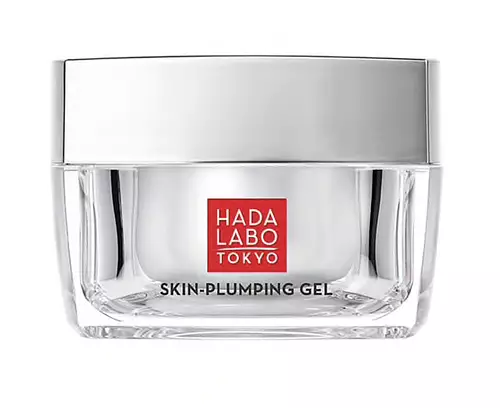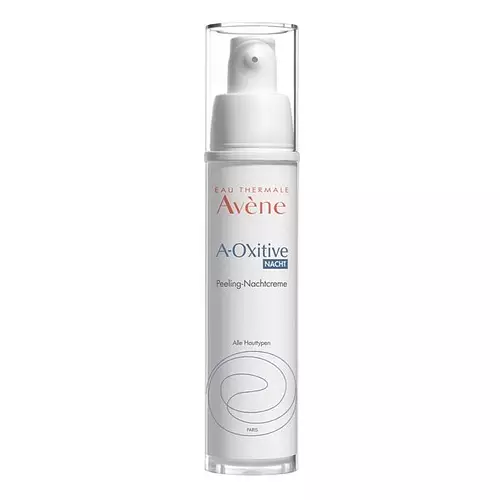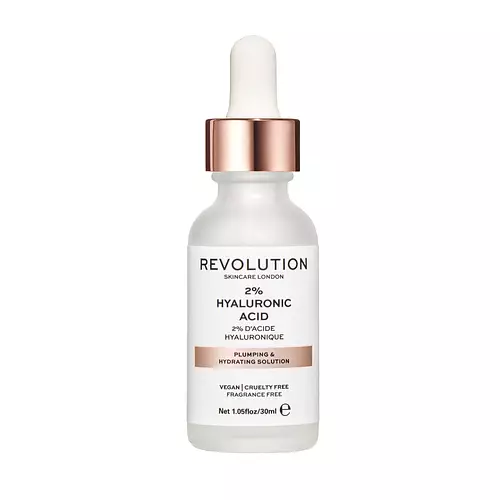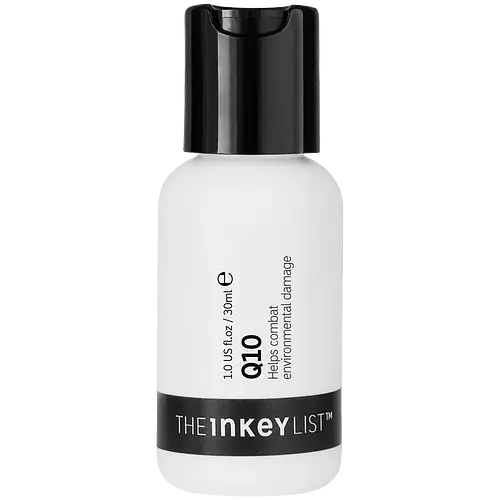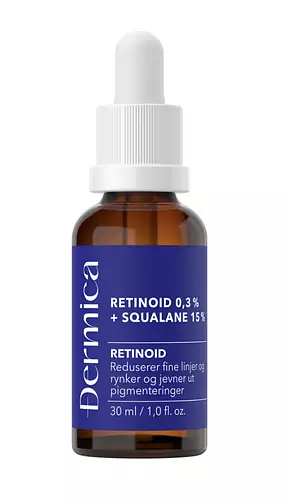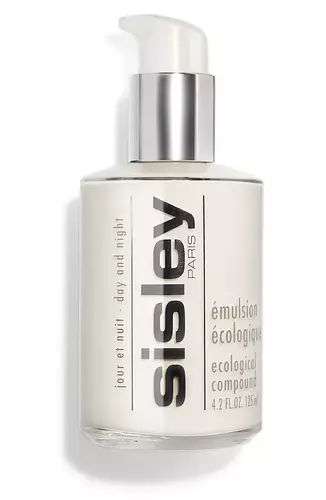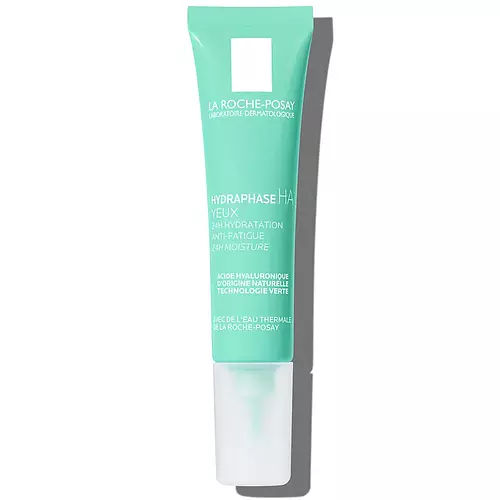Overview
What they are
These products are both reef safe serums. They have a total of 2 ingredients in common
Cool Features
They both contain hyaluronic acid
Suited For
They're both likely to be good for brightening skin
Free From
They both do not contain any harsh alcohols, common allergens, oils, parabens or sulfates
We independently verify ingredients, and our claims are backed by peer-reviewed research. Spot a product that needs an update? Let us know.
Ingredient Info
Avène A-Oxitive Serum 22 ingredients
Vichy Mineral 89 Fortifying and Plumping Daily Booster 12 ingredients
At a glance
Click on any of the items below to learn more
Avène A-Oxitive Serum 22 ingredients
Vichy Mineral 89 Fortifying and Plumping Daily Booster 12 ingredients
Notable Ingredients
This product contains 1 ingredient that may have this attribute:
This product contains 1 ingredient that may have this attribute:
Benefits
This product contains 1 ingredient that may have this attribute:
This product contains 1 ingredient that may have this attribute:
This product contains 1 ingredient that may have this attribute:
This product contains 1 ingredient that may have this attribute:
This product contains 1 ingredient that may have this attribute:
This product contains 1 ingredient that may have this attribute:
Concerns
This product contains 1 ingredient that may have this attribute:
This product contains 1 ingredient that may have this attribute:
This product contains 1 ingredient that may have this attribute:
This product contains 1 ingredient that may have this attribute:
Benefits
This product contains 1 ingredient that may have this attribute:
This product contains 1 ingredient that may have this attribute:
Ingredients Side-by-side
Ingredients Explained
These ingredients are found in both products.
Ingredients higher up in an ingredient list are typically present in a larger amount.
Water. It's the most common cosmetic ingredient of all. You'll usually see it at the top of ingredient lists, meaning that it makes up the largest part of the product.
So why is it so popular? Water most often acts as a solvent - this means that it helps dissolve other ingredients into the formulation.
You'll also recognize water as that liquid we all need to stay alive. If you see this, drink a glass of water. Stay hydrated!
Learn more about WaterSodium Hyaluronate is hyaluronic acid's salt form. It is commonly derived from the sodium salt of hyaluronic acid.
Like hyaluronic acid, it is great at holding water and acts as a humectant. This makes it a great skin hydrating ingredient.
Sodium Hyaluronate is naturally occurring in our bodies and is mostly found in eye fluid and joints.
These are some other common types of Hyaluronic Acid:
Learn more about Sodium HyaluronateIngredient Ratings
Here's what our community thinks of the ingredients in these two products.
When to use
Avène A-Oxitive Serum 22 ingredients
Vichy Mineral 89 Fortifying and Plumping Daily Booster 12 ingredients


Reviews
Here's what our community thinks
Avène A-Oxitive Serum 22 ingredients
Vichy Mineral 89 Fortifying and Plumping Daily Booster 12 ingredients
fouta
Good hyaluronic serum
Very good especially during winter for my oily/combo skin. Just the right amount of hydration for my skin.
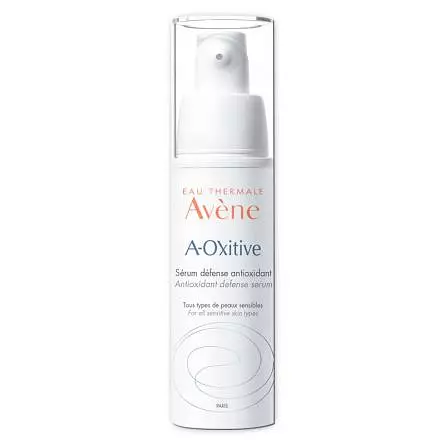
.jpeg)
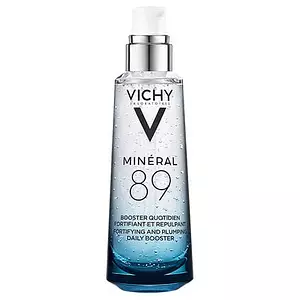.jpeg)

